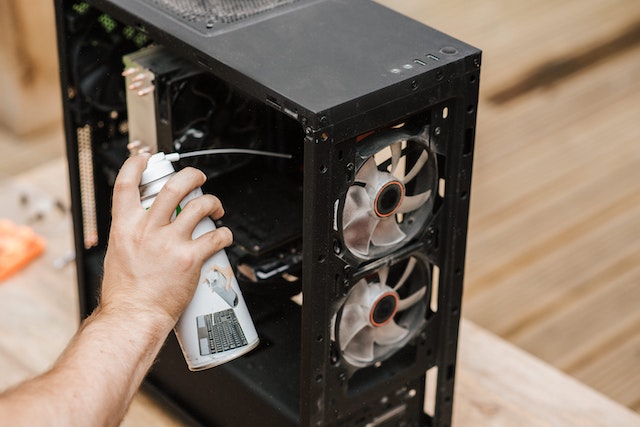In today’s digital age, where most of our personal and professional lives are stored in our computers, it’s crucial to ensure that our devices are protected from cyber-attacks and other digital threats. Cybersecurity breaches can cause severe damage, including data loss, identity theft, financial loss, and reputation damage. To avoid such risks, you must take proactive steps to protect your computer. In this blog post, we’ll explore some of the essential steps you can take to safeguard your computer and digital life.
Install Antivirus Software
One of the most critical steps in protecting your computer is installing antivirus software. Antivirus software can detect and remove malware, viruses, and other malicious software from your computer. Antivirus software works by scanning your computer’s files and programs for known malicious code patterns. If it detects a virus or malware, it alerts you and gives you the option to remove or quarantine the file.
Keep Your Software Updated
Keeping your software updated is crucial for your computer’s security. Hackers and cybercriminals are always looking for vulnerabilities in outdated software to exploit. Software updates often include security patches that fix these vulnerabilities and protect your computer from cyber-attacks. Therefore, it’s essential to keep your operating system, web browsers, and other software updated.
Use Strong Passwords
Using strong passwords is another critical step in computer protection. Weak passwords are easy for cybercriminals to crack, giving them access to your personal information, financial details, and other sensitive data. Therefore, it’s important to use strong, unique passwords for each of your accounts. A strong password should be at least eight characters long, contain a mix of uppercase and lowercase letters, numbers, and symbols.
Enable Two-Factor Authentication
Two-factor authentication adds an extra layer of security to your accounts by requiring a second factor, such as a code sent to your phone, in addition to your password. Enabling two-factor authentication can protect your accounts even if your password is compromised.
Use a Firewall
A firewall is a software program that monitors incoming and outgoing network traffic and blocks unauthorized access to your computer. A firewall can help prevent hackers from gaining access to your computer and stealing your personal information. Most operating systems come with a built-in firewall that you can enable.
Be Careful with Email Attachments and Links
Cybercriminals often use email attachments and links to distribute malware and other malicious software. Therefore, it’s essential to be cautious when opening email attachments and clicking on links. If an email seems suspicious, it’s best to delete it without opening any attachments or clicking on any links.
